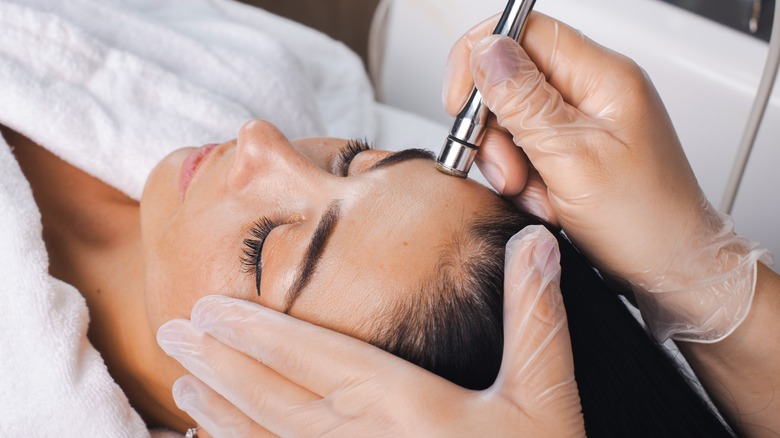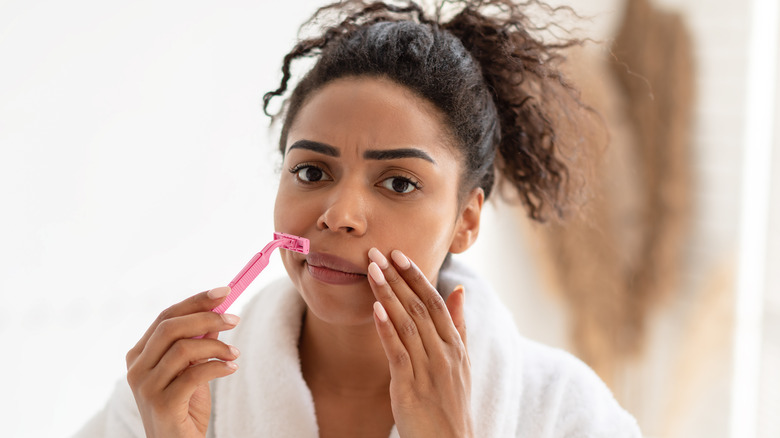Preparing Your Skin For A Chemical Peel Will Get The Procedure Done Right
Skin care is a vital part of the lives of anyone who has skin. The skin is our largest organ, so of course we have to do our best to make sure it looks and feels great. More often than not, bad skin is an indication that something's not right internally, so this means eating well, exercising, and staying hydrated are important.
We have all suffered from one skin problem or the other. Thanks to social media, it's much easier to share new and traditional skin care tips and regimens. People with serious dermatological problems such as hyperpigmentation and acne are opting for solutions that go beyond regular home care. One of such treatments is the chemical peel.
Chemical peels involve using acid solutions to strip the outermost layer of our skin that contains buildup and dead skin to reveal newer and healthier skin underneath. The old skin peels off in an almost spooky way, but the results can be satisfying. While chemical peels may be the answer to your skin-related prayers, you should still approach them with caution. Here are several things you should do to make sure your skin is in tip-top shape before your chemical peel.
Stop exfoliating and waxing a week before
Chemical peels usually come with extra baggage like redness and irritation, so you should steer clear of anything that could further aggravate your skin. A range of acids will be used on your skin during the peel, so you need to ensure that you aren't simultaneously using substances on your skin that would clash with the treatment.
Healthline discourages the use of retinol or retin-A topical medication at least two days before your appointment, and Accutane for at least six months prior. Also prohibited is waxing, shaving, bleaching facial hair, and doing any type of exfoliation or scrubbing at least a week before the chemical peel. They also recommend sticking to whatever instructions your healthcare provider gave you, especially if that includes using a lotion that would improve skin darkening or coming with painkillers that were prescribed for you. Finally, it is advised that you schedule someone to pick you up from your appointment due to the drowsy effects of the sedation.
Chemical peels expose your new skin to harsh environmental elements, primarily the sun's UV rays. Make sunscreen your new BFF, and be sure it's at least SPF 30. Depending on how deep your peel was, you might opt to stay at home throughout your recovery period if possible.
Post-treatment care
Your healing process will depend on the level of the peel you get. Chemical peels usually come in three types: light, medium, and heavy. Light peels use milder types and concentrations of exfoliant acids while heavy peels use more abrasive ones. You will find out which chemical peel best suits you during your consultation with your healthcare provider.
Don't slip up on your post-treatment routines. Recovery time can take anywhere from a few days to a couple of weeks or more depending on which type of peel you received. The same vigor you used to prepare your skin beforehand is the same way you should take care of your skin after the chemical peel. You may get scarring, infections, or notice that your skin is lighter or darker than normal. Relay all your concerns and questions to your doctor and follow their tips to the letter. Finally, clear your schedule. Once your skin is fully healed, you'll probably spend all your time smiling at yourself in the mirror.


